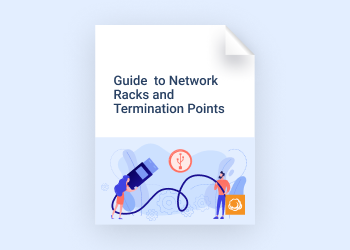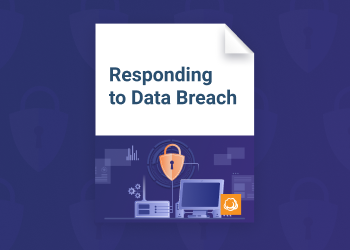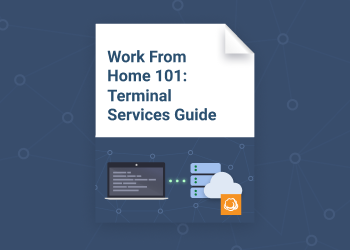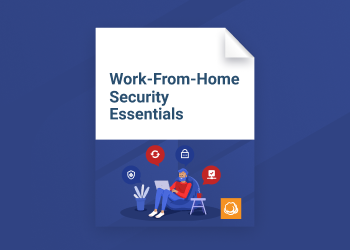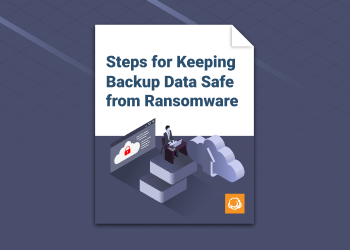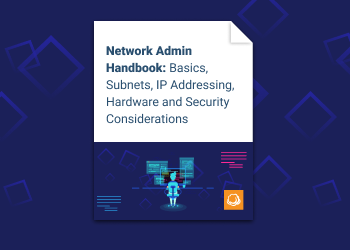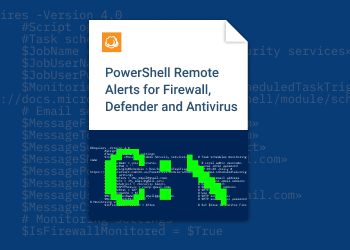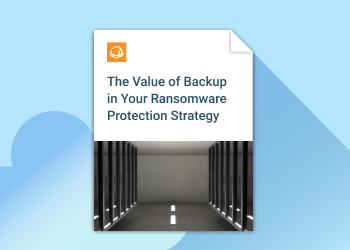Traditionally, MSPs have leveraged commodity solution types that include antivirus, endpoint protection, as well as endpoint detection and response. But a new method of protection has entered the market that is worth discussing as a viable – and more effective – replacement to protect endpoints: Deep Learning. Discover the benefits of adopting the deep learning technology to protect your endpoints. Continue reading
Guide to Network Racks and Termination Points
In this free guide, we offer tips and practices for keeping your networks clean and well-organized, including effective labeling practices (both at networks and termination points), determining appropriate sizing for your network, tips on standard network sizing, network cooling and heating practices, and more. Continue reading
IT Security Assessment Checklist
Download this IT Security Assessment Checklist to assess vulnerabilities and threats, network security, workspace and equipment security, documentation, and more.
Responding to Data Breach: Guide for MSPs
For modern companies, data breaches are almost inevitable. That said, you should create a flexible and robust data breach response plan that will allow you to prepare for the unexpected and respond to it promptly, thus minimizing the effect on your client’s operations.
Working From Home 101: Terminal Services Guide
For decades now, businesses have chosen to use terminal servers for employee client-side access to their data. With the rise of cloud computing, managed service providers have a number of new ways to put a different spin on this traditional solution.
Work-From-Home Security Essentials
Even before the coronavirus pandemic kicked in, a BLS report estimated that 29 million wage and salary workers could work remotely in their primary jobs. Here’s what you can do to enhance your cybersecurity measures and protect your customers.
MSP’s Educational Posters on Password Security
Building security awareness can be as complicated as it is rewarding. End-users are the most targeted resource within a company, but they are also the first line of defense. Often, employee security awareness can be the difference between a failed attack attempt and a security breach.
Steps for Keeping Backup Data Safe From Ransomware
Backing up data regularly is one of the most important things you can do to protect against a ransomware attack. With backups, you have a “clean” copy of your data that you can use to restore operations in the event that ransomware takes control of production systems.
Network Admin Handbook: Basics, Subnets, IP Addressing, Hardware and Security Considerations
A network is a lot like a community. Both a network and a community are made up of hosts. In a community, we’re talking about homes and other buildings; in a network, it’s PCs, servers, and other devices. The roads that deliver traffic between these hosts in the network world are generally Ethernet, although they may include other types of cables.
Ransomware Awareness Poster Pack
According to 85% of the MSPs surveyed* in 2019, ransomware is one of the most predominant types of malware attacks for small to medium-sized businesses. Also, MSPs further noted that their clients continue to fall victim to ransomware attacks even when they install endpoint detection, pop-up blockers, email filters, plus antivirus software.
PowerShell Remote Alerts for Firewall, Defender and Antivirus
If you find that your Windows security components are suddenly turned off, that might be the first sign of a ransomware attack. On the other hand, these components could simply have been turned off by a user who wanted to stop annoying updates or antivirus messages. Even that, however, opens a gate for possible attack.
Ransomware Backup Protection Strategy: The Value of Backup
If you’re new to the game, ransomware is a form of malware that encrypts anything from specific files up to, and including, entire systems – holding them for ransom (usually paid in Bitcoin).






